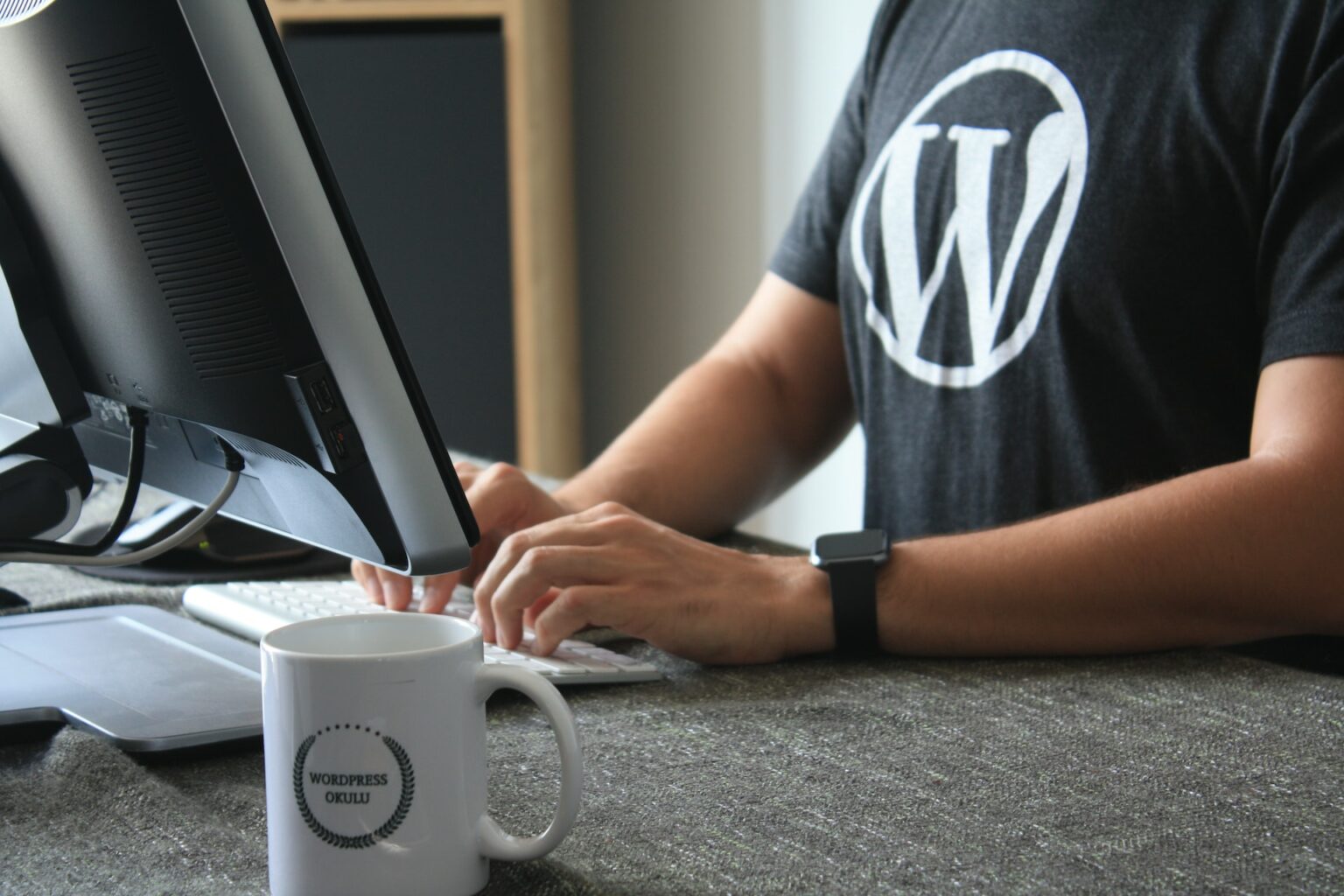Do you know that WordPress powers up to 30% of sites worldwide? That’s why it’s no surprise that you’ve also chosen this platform to host your business site.
An excellent WordPress site increases your business’s online traffic and generates more profits in the long run. As a site owner, you must protect your site from future cyber attacks and ensure your site’s overall health.
In this post, we’ll walk you through the seven WordPress maintenance tips that you can implement to ensure your site is in good shape:
1. Update WordPress, Plug-ins & Themes
You need to update your WordPress site if there’s a newer version available. That’s because, with every new update, security patches could address any vulnerabilities compromising your site’s safety.
At Sytian Productions web developer philippines we always tell clients that with every update, new features could be added to the WordPress core, thus making it relatively easy to use. Not only that, but it makes your site user-friendly and aesthetically pleasing. This could provide a better experience for you and your users.
Plug-in updates could help fix bogs that could give your WordPress core more stability and reliability. That way, it will be less prone to human errors, making it harder for non-technical users like you to unintentionally mess up your site.
2. Run regular backups
The thing with WordPress backups is that they’re like spare time. We don’t know when we’ll need them, but they’ll come through us if something wrong happens.
The content of your site could be wiped out for no reason. There could be an update that has gone wrong, a malware infestation, or a cybercriminal activity. Whatever it is, creating your content from scratch is never easy. So, ensure that you have an up-to-date backup if you still need one. This restores your site to its previous state before the error even happened.
Fortunately, you can back up your site with a backup plug-in. Make sure you install and activate these plug-ins to get started.
3. Remove unused WordPress plug-ins and themes
Do you know that many WordPress hacks come from plug-in vulnerabilities? To avoid this, you need to update your WordPress themes and plug-ins whenever you need to.
Moreover, make sure that you install only trusted themes and plug-ins. Before you install a theme, make sure to check it for ratings and reviews. Also, ensure that the WordPress community widely accepts it.
4. Check and fix broken links
Broken links don’t really lead anywhere. Either because they were typed incorrectly or because the URLs they point were usually changed or removed. More often than not, they lead to a 404 error page.
Now, broken links matter because they need to be better for your site’s SEO. They could also give users a frustrating experience. Links to 404 errors usually make your site look all over the place, even if it’s not your fault. Thus, you should constantly check your site for broken links.
You can either use one of the two methods:
- Manual: Doing a manual check means clicking on every link to see whether it works. Doing a manual scan is only feasible if you have a small site or a dedicated QA team. Checking links manually can be incredibly time-consuming if you have more than a few posts and pages.
- Automatic: Automatic checking is preferable for a lot of sites. Many plug-ins give automatic link-checking functions.
Either way, as soon as you find a broken link, you need to remove it and update it with a new URL. You can then move on to your next task.
5. Optimize your WordPress database
The thing is, most of your WordPress database’s data is stored here. All materials, comments, users, and settings are found here.
Your database might accumulate plenty of pointless data over time and add to the size of your WordPress backup, which could significantly impact your backup’s downloading, uploading, and restoration. You can clear out the junk, defragment your tables, and improve your database speed by optimizing your database on WordPress.
6. Run regular scans for viruses and malware
Another essential step to maintaining your WordPress site is to run regular scans for potential malware and viruses.
Hackers can easily use this to access your site, steal personal data, and could eventually hurt your site’s reputation. To protect your site, run regular scans for malware and viruses.
You can also utilize a plug-in for scanning your site for malware and viruses.
7. Change your passwords
Finally, remember to change your site’s passwords. While this is relatively simple, many people need to pay more attention to this practice.
By changing passwords, you’re not just relying on choices that are easy to memorize as they’re easy to hack. Make sure you don’t use passwords that rely on your birthday, name, or details about your pets and loved ones.
As much as possible, make sure you use passwords that utilize upper case letters, lower case letters, numbers, and symbols. Also, make sure to change your passwords regularly, as this kicks hackers who might have gotten your older passwords.
8. Optimize your site for mobile
Mobile searches make up approximately 50% of searches on Google. That’s why optimizing your site for mobile is extremely vital. As you make changes to your site, also make sure that you optimize it for mobile.
Make sure you regularly check your site, ensuring that it loads fast. Find out what displays on your site well and is easy to navigate. To test your site, make sure that you use Google’s mobile-friendly test tool.
Over to You
So there you have it. Maintaining your WordPress site is crucial to keeping it healthy and running smoothly. You also need to keep it secure so that it performs well.
Following these WordPress maintenance tips will also ensure that you keep your site in prime condition in the long run. Good luck!
